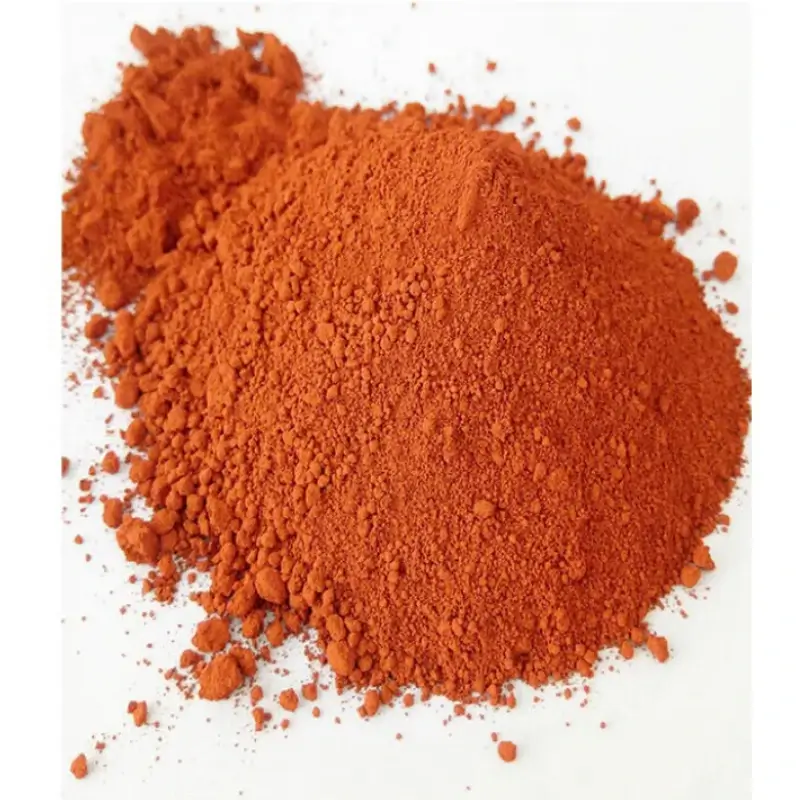
Utilizing Fly Ash in Concrete Mixes for Enhanced Performance and Sustainability
The Role of Fly Ash in Concrete Mixes Benefits and Manufacturing Considerations
Fly ash, a byproduct of coal combustion in power plants, has gained immense popularity in the construction industry, particularly in concrete mix designs. As awareness of sustainable practices grows, the incorporation of fly ash into concrete mixes is seen not only as a method of waste management but also as an avenue to enhance the properties of concrete.
Understanding Fly Ash
Fly ash is composed primarily of fine particles that are carried away from the combustion chamber by exhaust gases. This material primarily consists of silica, alumina, and iron oxide. Depending on the source of the coal burned, the composition of fly ash can vary greatly, affecting its properties and how it interacts with other concrete ingredients. There are generally two classes of fly ash – Class F and Class C. Class F is produced from burning anthracite and bituminous coal and has pozzolanic properties, while Class C is produced from sub-bituminous coal and has both pozzolanic and cementitious properties.
Benefits of Using Fly Ash in Concrete Mixes
1. Sustainability One of the primary motivations for using fly ash in concrete is its environmental impact. By utilizing this industrial byproduct, the construction industry can reduce the reliance on natural resources for cement production, ultimately lowering carbon emissions associated with concrete manufacturing.
2. Enhanced Workability Fly ash can improve the workability of concrete mixtures. It increases the fluidity of fresh concrete, making it easier to place and finish. This is particularly beneficial in large pours where consistency is crucial.
3. Strength Development While fly ash may not contribute to early strength in the same way as traditional Portland cement, its inclusion can lead to improved long-term strength. Fly ash enhances the bond between the aggregate and the paste, leading to increased durability over time.
4. Reduced Heat of Hydration The use of fly ash helps in minimizing the heat of hydration in massive concrete construction, which is vital in preventing thermal cracking. This characteristic makes fly ash-containing concrete well-suited for large structures such as dams and skyscrapers.
fly ash in concrete mix manufacturer

5. Resistance to Chemical Attack Concrete containing fly ash exhibits improved resistance to sulfate attack and other aggressive chemicals, leading to longevity and performance improvement in various environmental conditions.
Manufacturing Considerations
When integrating fly ash into concrete mixes, manufacturers must consider a few critical factors to maximize its benefits
- Quality Control The quality of fly ash can vary significantly based on its source. Manufacturers must ensure that they source fly ash that meets the standards set by organizations such as ASTM International. Regular testing for properties like fineness, chemical composition, and loss on ignition is essential.
- Proportions The optimal proportion of fly ash in a concrete mix typically ranges from 15% to 30% by weight of the cementitious materials. However, this may vary based on the specific application, project specifications, and performance requirements.
- Moisture and Storage Fly ash can absorb moisture, which may affect its performance in concrete. Thus, manufacturers must ensure that fly ash is stored under appropriate conditions to avoid moisture uptake and clumping.
- Compatibility with Admixtures When designing concrete mixtures with fly ash, it is crucial to consider how it interacts with chemical admixtures. Compatibility testing can help prevent potential issues such as delayed setting times or adverse effects on strength.
Conclusion
The use of fly ash in concrete mixes represents a significant innovation in sustainable construction practices. By harnessing this industrial byproduct, manufacturers can contribute to reducing environmental impacts associated with traditional concrete production while enhancing the material properties of concrete itself. As the construction industry continues to evolve, the integration of fly ash is likely to remain a key focus area, promoting more eco-friendly and durable construction solutions for future generations. Embracing fly ash not only conserves resources but also paves the way toward more resilient and sustainable infrastructure.
Share
-
Fly Ash Solutions Enhanced by GPT-4 Turbo | Sustainable InnovationNewsAug.01,2025
-
Natural Premium Bentonite Cat Litter - Superior ClumpingNewsJul.31,2025
-
Premium Resin Coated Sand - High Heat Resistance CastingNewsJul.31,2025
-
High Quality Silicon Carbide Grit for Abrasive ApplicationsNewsJul.30,2025
-
High-Quality Ceramsite for Plants & Gardening | Lightweight PebblesNewsJul.29,2025
-
Premium Burgundy Glass Marbles for Vases & Shooter GamesNewsJul.29,2025






